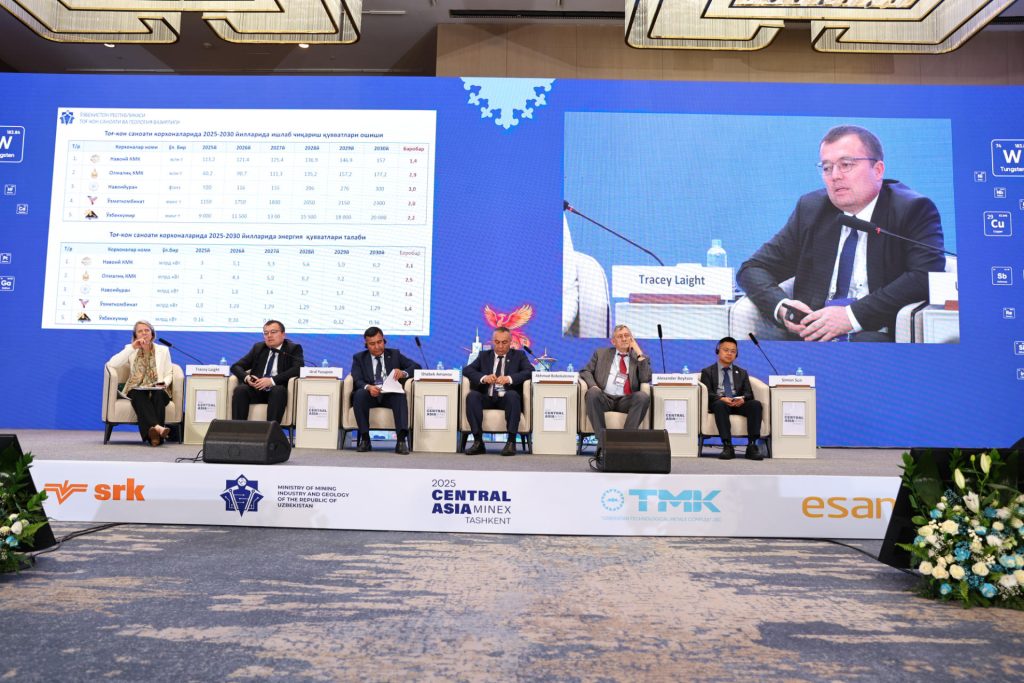By 2040, global uranium demand for the nuclear sector is expected to have risen by 80%. This projected increase will drive the long-term growth in uranium requirements, resulting in the depletion of many large, low-cost uranium projects and a reduction in secondary sources. The difference between established uranium supply sources and actual demand could reach approximately 46,000 tonnes of uranium in 2040. Central Asia—in particular, Kazakhstan and Uzbekistan—is strategically positioned as it possesses abundant uranium resources, giving these countries a significant role in shaping the future of global energy supply.
Central Asia’s uranium industry, especially in Uzbekistan, is undergoing substantial transformation to meet these rising demands. Recent regulatory updates in Uzbekistan have facilitated increased uranium production, with targets set to exceed 7,000 tonnes per year by 2030 and total resources surpassing 100,000 tonnes. The region has pioneered the use of in-situ leach (ISL) and in-situ recovery (ISR) mining methods, which are less invasive and more cost-effective compared to traditional mining. These advancements aim to both respond to the lower-carbon energy transition and support the energy needs of emerging technologies like data centres, artificial intelligence, and cloud computing.
Globally, multiple countries—including China, India, the USA, France, and those in Central Asia—have nuclear power station construction either planned or underway, accompanied by growing interest in small modular reactors (SMRs). As part of broader development strategies, Uzbekistan is also working to diversify its energy mix, integrating renewables such as wind and solar to enhance energy security and reduce environmental impact.
In parallel, uranium producers such as Navoiuran (Uzbekistan) are scaling up operations. Historically a major exporter of natural uranium, the company is expanding both its production and its compliance with international environmental and safety standards. Continued international partnerships and joint projects, especially with Chinese, French, and other global firms, are integral to these efforts.
On the supply side, the global uranium market is entering a period of tighter balances. Many low-cost resources are being exhausted, existing mines are closing or reducing output, and about 46,000 tonnes of uranium required by 2040 remains unassigned to identified projects. While there are still ample uranium reserves worldwide, much of it is at a higher extraction cost, and less of it is of the affordable variety necessary for sustained industry growth at current prices.
Kazakhstan and Uzbekistan will play pivotal roles in closing this supply gap. Their reserves—mostly discovered and developed during the Soviet era—are in geologically favourable sandstone formations suitable for ISL mining. However, future expansion will likely require exploring more challenging deposits in deeper or less accessible formations, sometimes beyond traditional uranium-mining regions, underscoring the importance of continued technological innovation and international cooperation.
In summary, Central Asia is poised at the heart of the nuclear energy supply chain, with both opportunities and challenges ahead due to increasing global demand, the depletion of easily recoverable reserves, and the drive for greater energy diversification and environmental responsibility.

